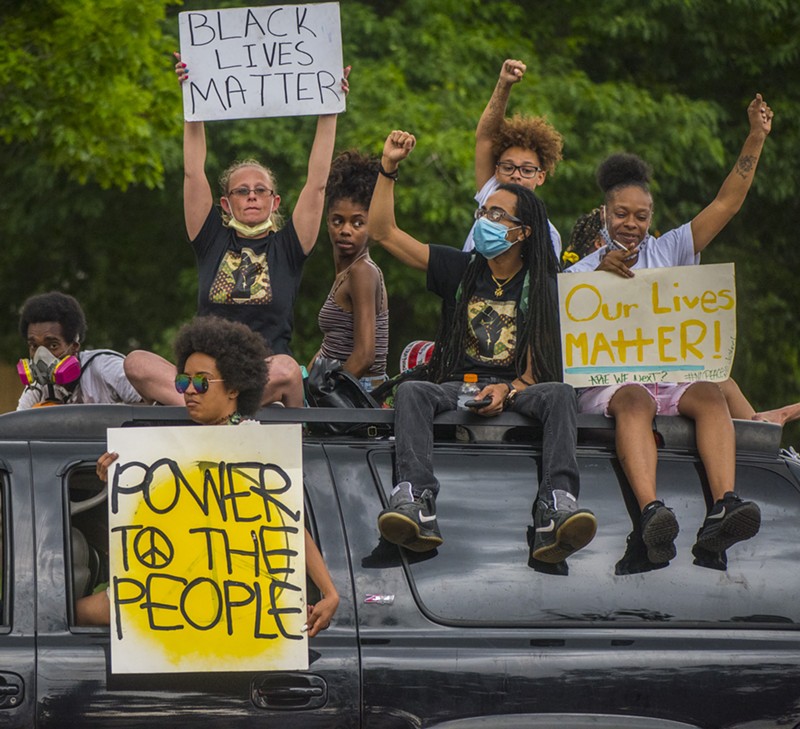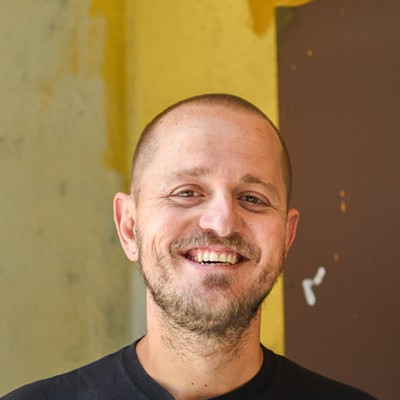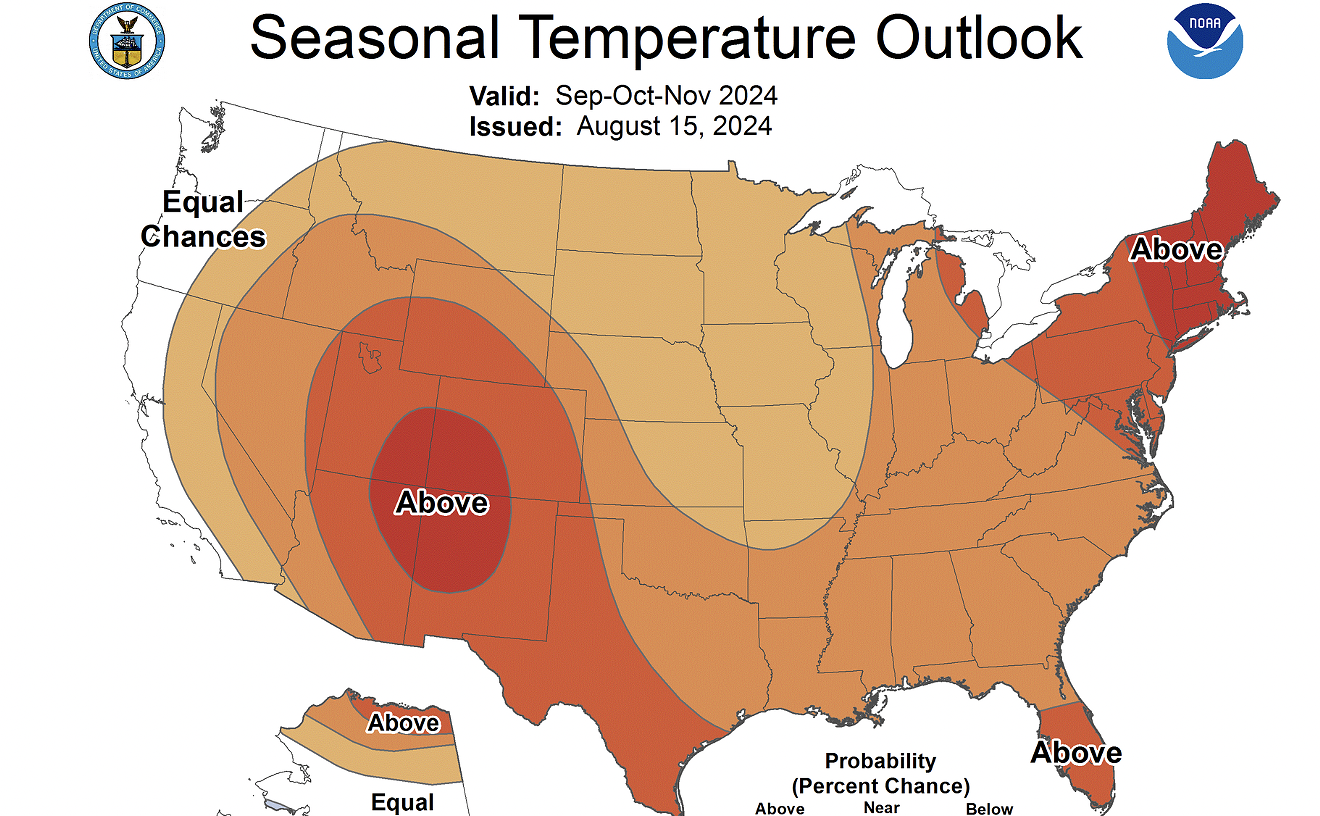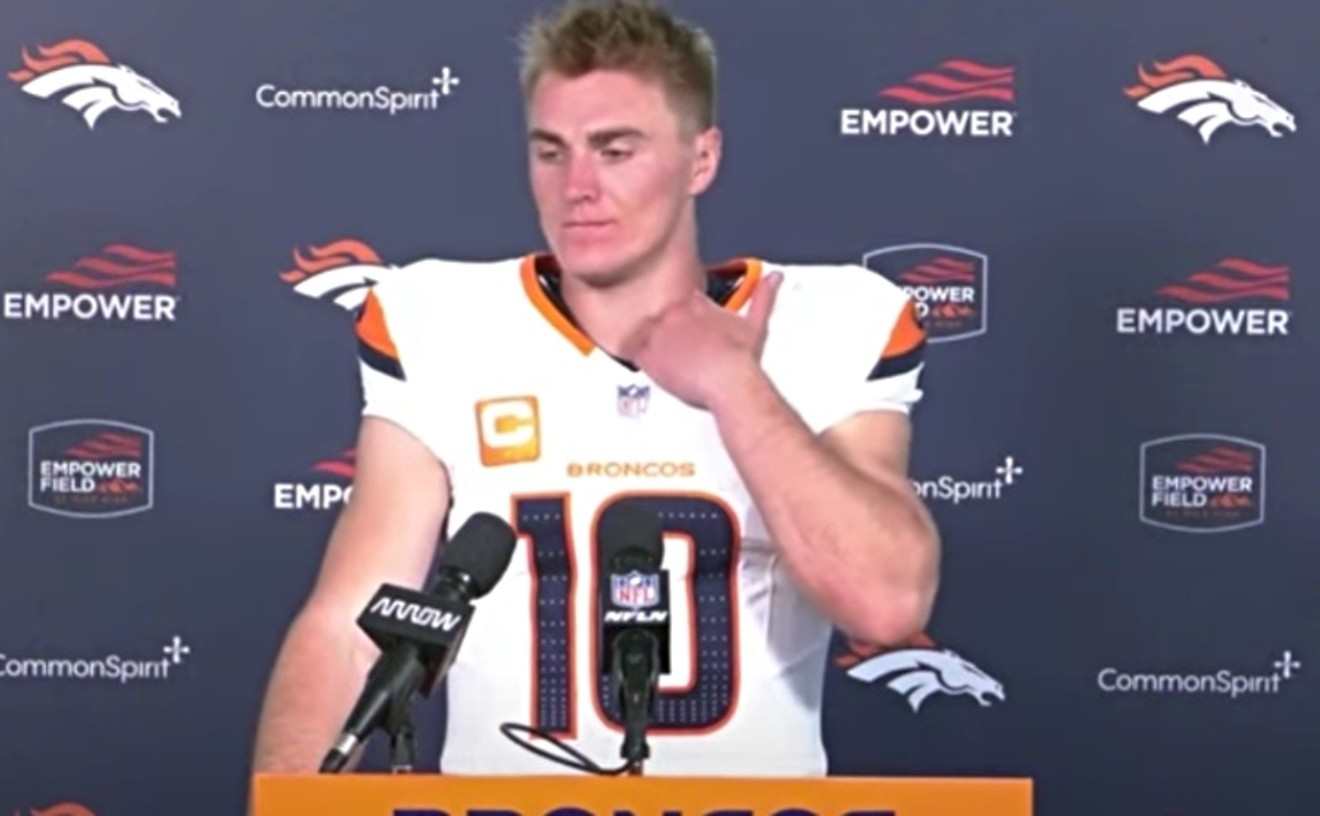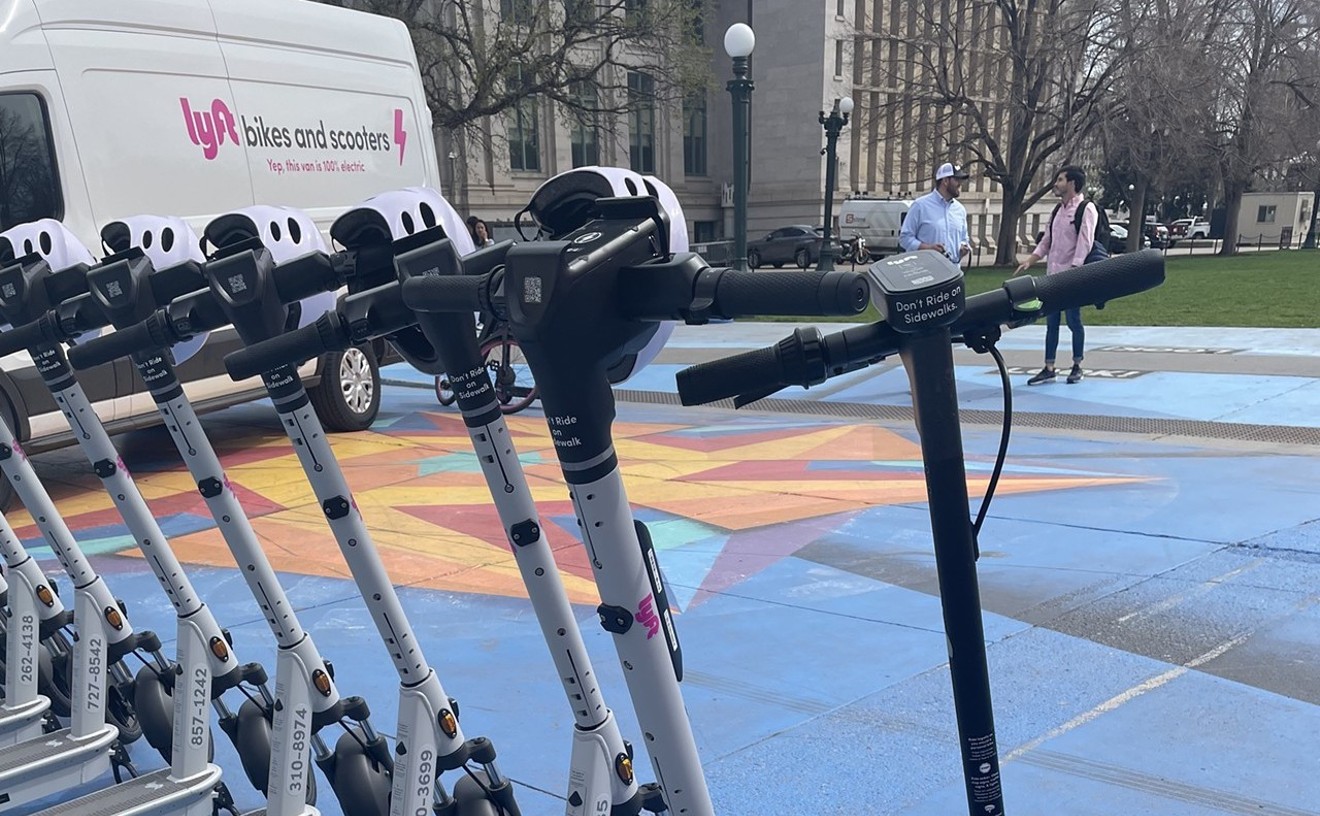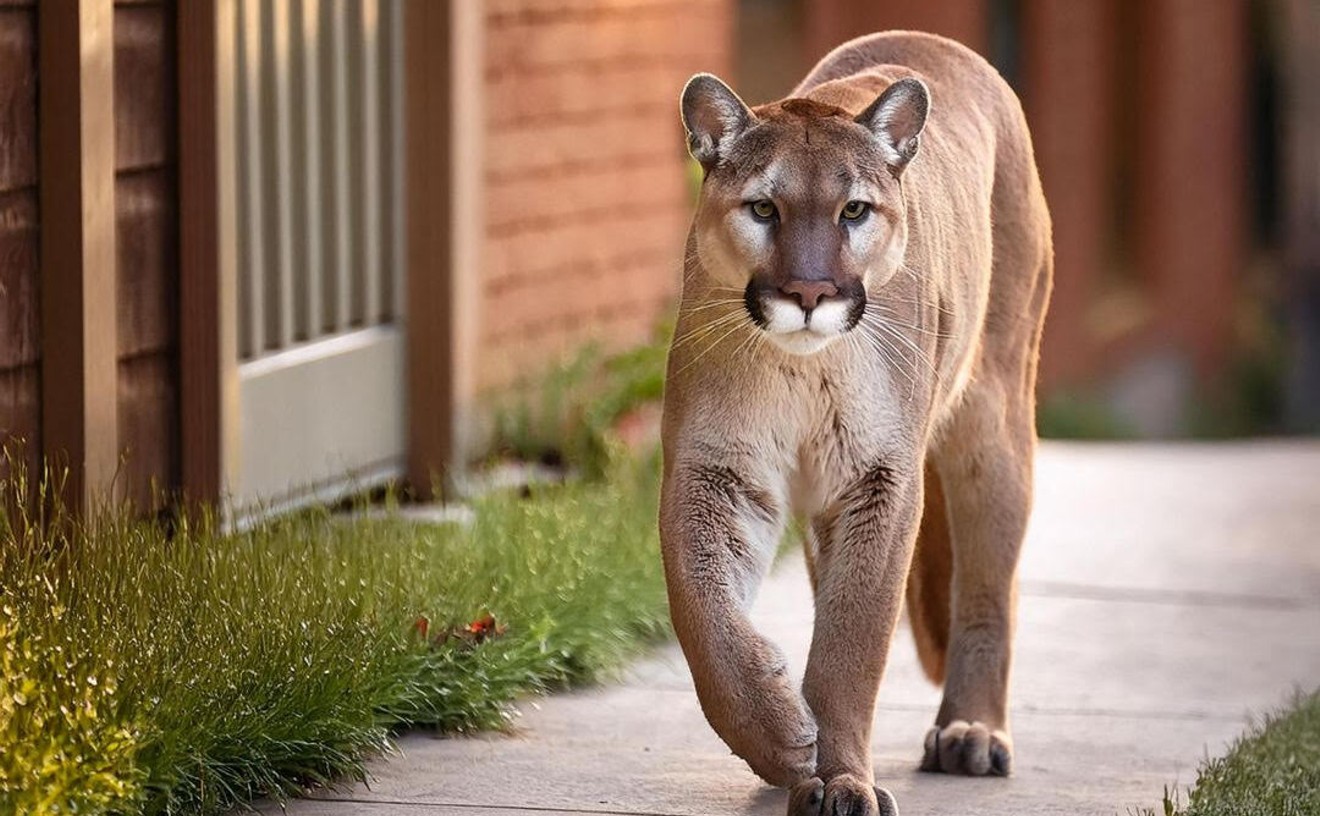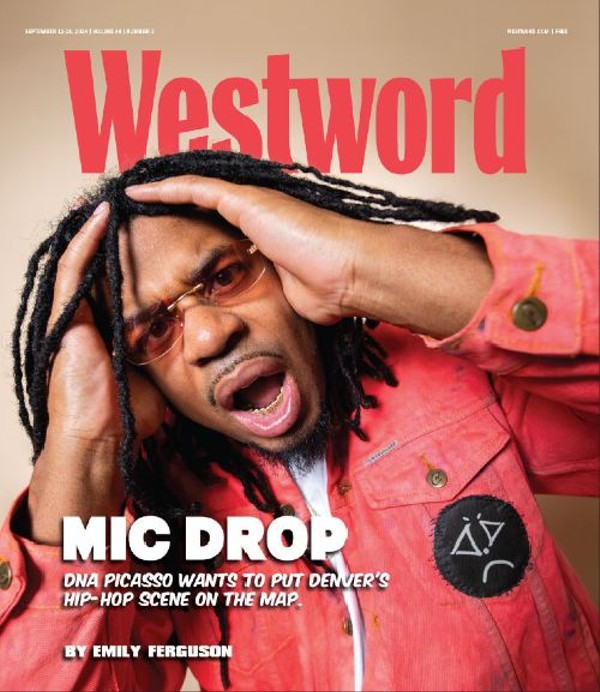There was grief. There was joy. There was dancing.
There were two stretches of nine minutes of silence, shared by thousands, to mark the duration of time that George Floyd was held down by Minneapolis police officer Derek Chauvin, the cop's knee on Floyd's neck. Chauvin has now been charged with second-degree murder, while three fellow officers have been charged with aiding and abetting murder.
During both of those nine-minute periods, the only sounds were the rumble of helicopters and the occasional siren.
The actions on June 3, the seventh day of demonstrations in downtown Denver, included hours of speeches by black leaders, a march headed by Mayor Michael Hancock, and then more speeches, including one from the mayor before he left, followed by a mob of aides and cops.
And after that: even more speeches.
Then another march, this one led by the Brothers of Brass, which continued even after Hancock's 9 p.m. curfew began. After winding through downtown, marchers regrouped in front of the Colorado Capitol for more speeches, chants of “Fuck racism” and “Black Lives Matter,” and a cheerful, calm goodbye, uninterrupted by clashes with police.
The messages were clear, if varied: Stop racist policing, convict the officers who murdered George Floyd, change use-of-force policies across Colorado, and hold the Denver Police Department accountable for its week of aggressions.
While there were plenty of proposals regarding how to do so — from abolishing the police, to filing complaints with the department, to having tough conversations with politicians eager to listen, to talking about racism with family and friends — the cry for justice was loud.
The names of some victims of police violence were repeated throughout the night: George Floyd, Breonna Taylor, Tony McDade.
Often missing were the names of those who died at the hands of local law enforcement: Marvin Booker, Michael Marshall, Jessie Hernandez and many more.
The crowd of protesters, comprising a mix of races but mostly young, listened to speakers with an intensity that is rare at such demonstrations. People chanted with ferocity. They grieved and reached toward hope.
Uniformed law enforcement officers were rarely visible, with the exception of a handful of highly armed people in military-style gear standing on the balconies of buildings above the marches. Police SUVs occasionally drove by or blocked traffic, and one or two armored vehicles with officers in riot gear hanging off the sides made appearances, quick reminders that the full muscle of the Denver Police Department could be unleashed on the crowd, despite the DPD’s strategy to de-escalate the conflicts that had drawn headlines earlier in the week.
After six days of protests, the DPD is facing a public-image crisis — and a moral one, too.
School-board member Tay Anderson is leading a campaign for Denver Public Schools to sever ties with the DPD, Denver City Council is calling for investigations into the DPD's actions during the protests, and there are multiple bills being proposed at the Colorado Legislature to criminalize chokeholds, require officers to wear body cameras, and more.
Many in the crowd remarked that the protests are working; even at day seven, it's not time to stop, they say. And if the first few days were marred by police assaulting demonstrators with pepper spray, demonstrators chucking rocks at cops, and fractious behavior between protesters squabbling over tactics and motives, the movement and the city have matured.
While white people were out in force, they mostly stepped back, ensuring that the messages of black people stayed in the spotlight. Among the speakers, there was plenty of disagreement about Hancock’s presence, which many dismissed as a cynical photo op; there was debate about the value of spending nine minutes in silence. Throughout it all, people quickly resolved disputes and found points of unity.
Earlier in the week, officials had warned that there were anarchists in the crowd. And anarchists were certainly present this night...doing nothing more nefarious than handing out water bottles, earplugs and a riot of snacks, and offering medical aid to people committed to taking care of each other and avoiding conflict.
Earlier in the week, there had also been talk of white supremacists and undercover officers infiltrating these demonstrations. But on this night, the only instigators seemed to be one or two oddball white people in distinctly weird outfits standing to the side, ineffectively trying to stir up trouble. And the force of the black leadership made them quickly irrelevant. Censored by fellow demonstrators, they walked off, looking like deflated cartoons, their voices drowned out by rage, love and cries for justice.

Audio By Carbonatix
[
{
"name": "Air - MediumRectangle - Inline Content - Mobile Display Size",
"component": "12017618",
"insertPoint": "2",
"requiredCountToDisplay": "2",
"watchElement": ".fdn-content-body",
"astAdList": [
{
"adType": "rectangle",
"displayTargets": "mobile"
}
]
},{
"name": "Editor Picks",
"component": "17242653",
"insertPoint": "4",
"requiredCountToDisplay": "1",
"watchElement": ".fdn-content-body",
"astAdList": [
{
"adType": "rectangle",
"displayTargets": "desktop|tablet"
},{
"adType": "rectangle",
"displayTargets": "desktop|tablet|mobile"
}
]
},{
"name": "Inline Links",
"component": "18838239",
"insertPoint": "8th",
"startingPoint": 8,
"requiredCountToDisplay": "7",
"maxInsertions": 25
},{
"name": "Air - MediumRectangle - Combo - Inline Content",
"component": "17261320",
"insertPoint": "8th",
"startingPoint": 8,
"requiredCountToDisplay": "7",
"maxInsertions": 25,
"watchElement": ".fdn-content-body",
"astAdList": [
{
"adType": "rectangle",
"displayTargets": "desktop|tablet"
},{
"adType": "rectangle",
"displayTargets": "desktop|tablet|mobile"
}
]
},{
"name": "Inline Links",
"component": "18838239",
"insertPoint": "8th",
"startingPoint": 12,
"requiredCountToDisplay": "11",
"maxInsertions": 25
},{
"name": "Air - Leaderboard Tower - Combo - Inline Content",
"component": "17261321",
"insertPoint": "8th",
"startingPoint": 12,
"requiredCountToDisplay": "11",
"maxInsertions": 25,
"watchElement": ".fdn-content-body",
"astAdList": [
{
"adType": "leaderboardInlineContent",
"displayTargets": "desktop|tablet"
},{
"adType": "tower",
"displayTargets": "mobile"
}
]
}
]

